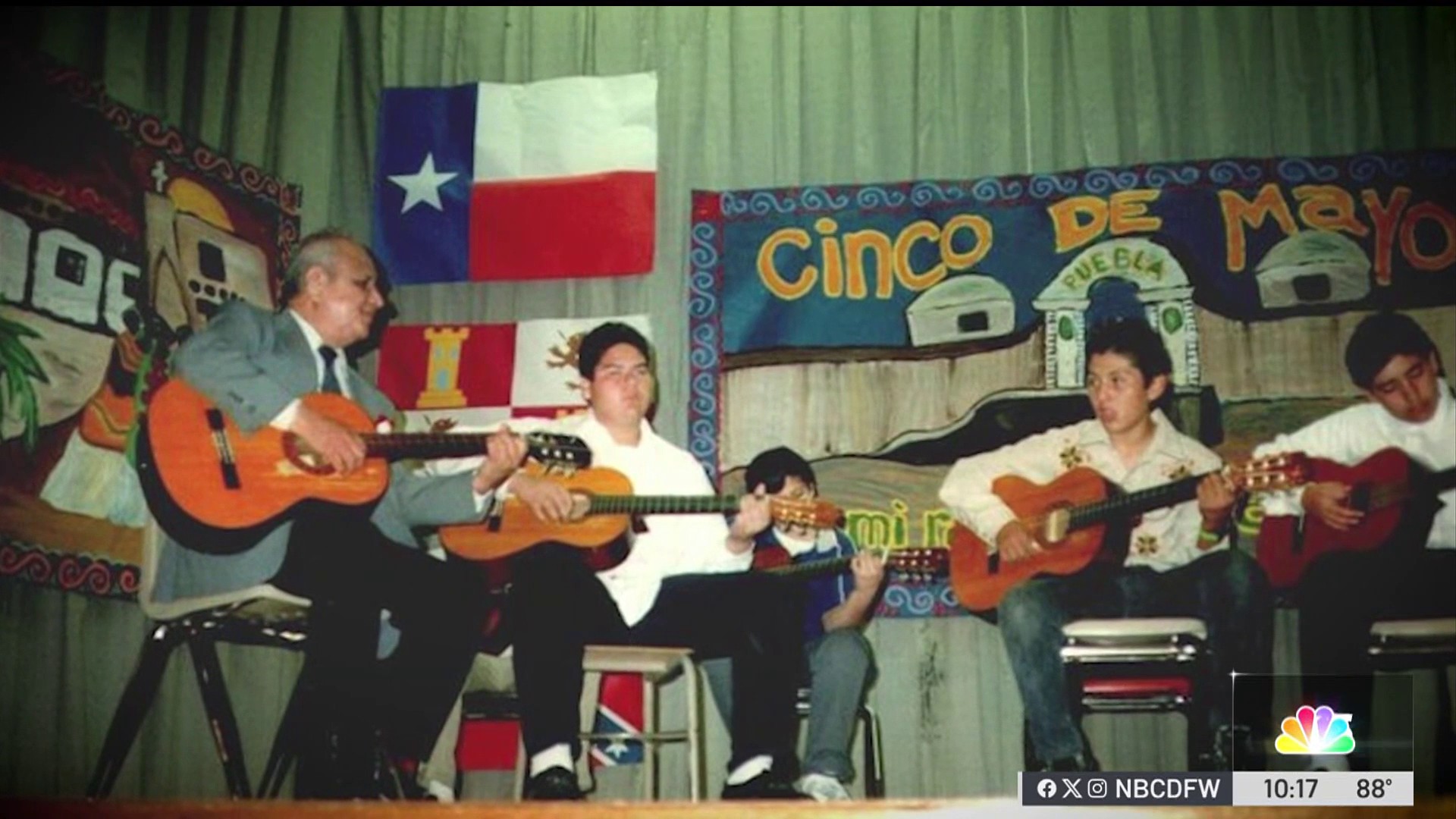For first responders, the difference between life and death can be a matter of seconds. For some fire and EMS departments in North Texas, an app can now help them treat patients more quickly.
At North Richland Hills, crews are launching the Pulsara app.
It starts with a coded wristband for each patient.
Scanning the band pulls up an online form for patient information.
Get top local stories in DFW delivered to you every morning. Sign up for NBC DFW's News Headlines newsletter.
"Overdose, trauma, stroke, we can select what we need to alert the hospital," explained Kennedy Kuper with the NRH Fire Department as she showed NBC 5 the app.
Right now, crews call the hospital while en route to describe a patient's condition and give medical staff an estimated time of arrival.
But instead of trying to describe injuries, Pulsara lets crews show them to doctors before they get there.
Local
The latest news from around North Texas.
"If we have to put a tourniquet on something, this is how deep that cut is. Like, 'Oh, instead of stitches, we're gonna need something more. We're gonna need surgery.' They can get that team ready, ready to go," Kuper explained.
The app also allows hospitals to track first responders to get a more exact ETA and make sure the proper team is ready to assist.
"In most of the situations that we deal with, time is an issue, and so we wanna make sure that we're cutting those times down," said NRH assistant fire chief David Rainwater.
Rainwater said all fire and EMS have trained on the new system, and each truck has a phone or iPad ready to launch.
"You're getting our best effort and a coordinated effort from start to finish to get more people to walk out of the hospital and return to their lives and their families," he said.
But there's a bigger piece to this app, too: In mass casualty incidents, it can connect crews and hospitals across cities, so everyone can keep track of all patients, their conditions, and their locations.
"We have to triage patients, see who needs help, you know, the quickest. So, reds are going to go first, and then yellows and then greens," she said, pointing to color-coded labels next to each patient ID.
Picture capability can also become crucial in these incidents.
"If we unfortunately have a mass casualty event and we can't identify that patient, we can take a picture of what they're wearing for reunification purposes, like if they're unconscious or something like that," Kuper explained.
All reasons why Pulsara is being pushed by the North Central Texas Trauma Regional Advisory Council (NCTTRAC).
"There are countless names and faces where I think it could have made a difference," Rainwater said.
He said some departments, like Grapevine, have already implemented Pulsara. Others, like Fort Worth, tell us they aim to have it in place by September.
Dallas Fire-Rescue Department said while they've used the technology during state deployments and NCTTRAC trainings, they don't currently use the Pulsara system because many features overlap with the system they already have available through their current software.
"As the technology evolves and its implementation becomes more widespread, we will continue evaluating its potential benefit to DFR’s EMS system," a spokesperson said.



